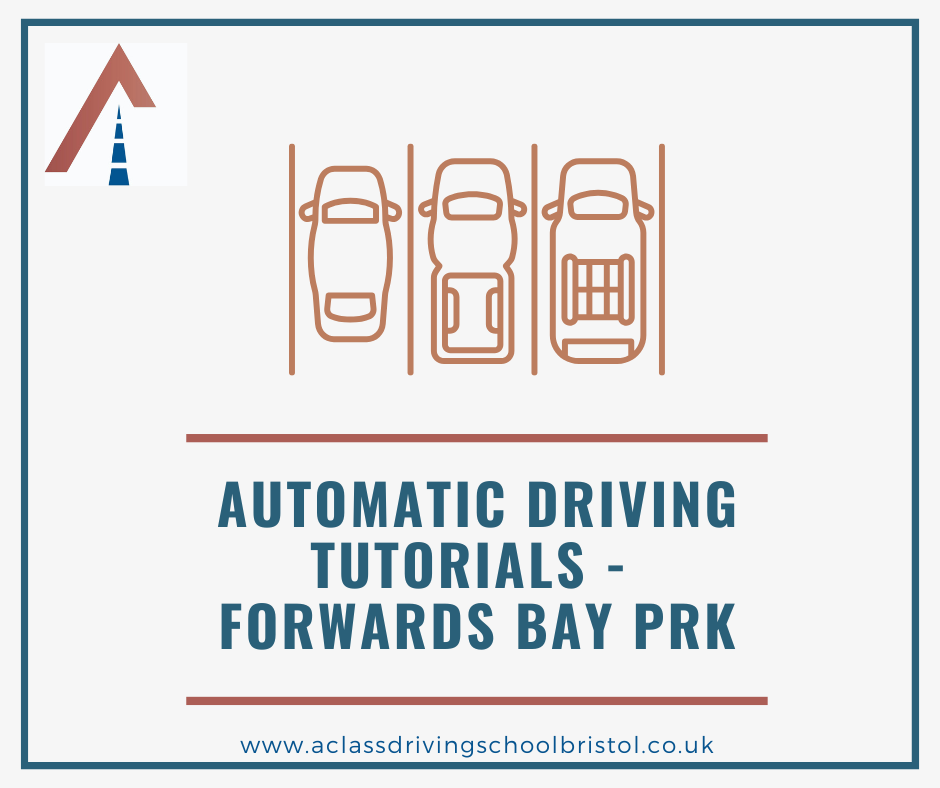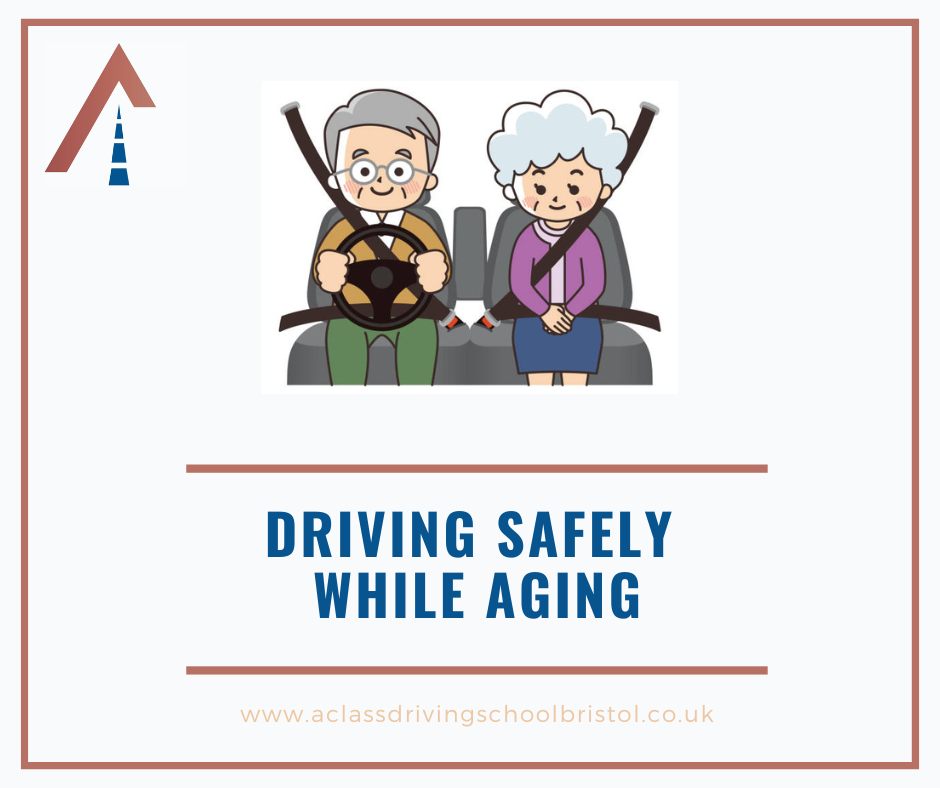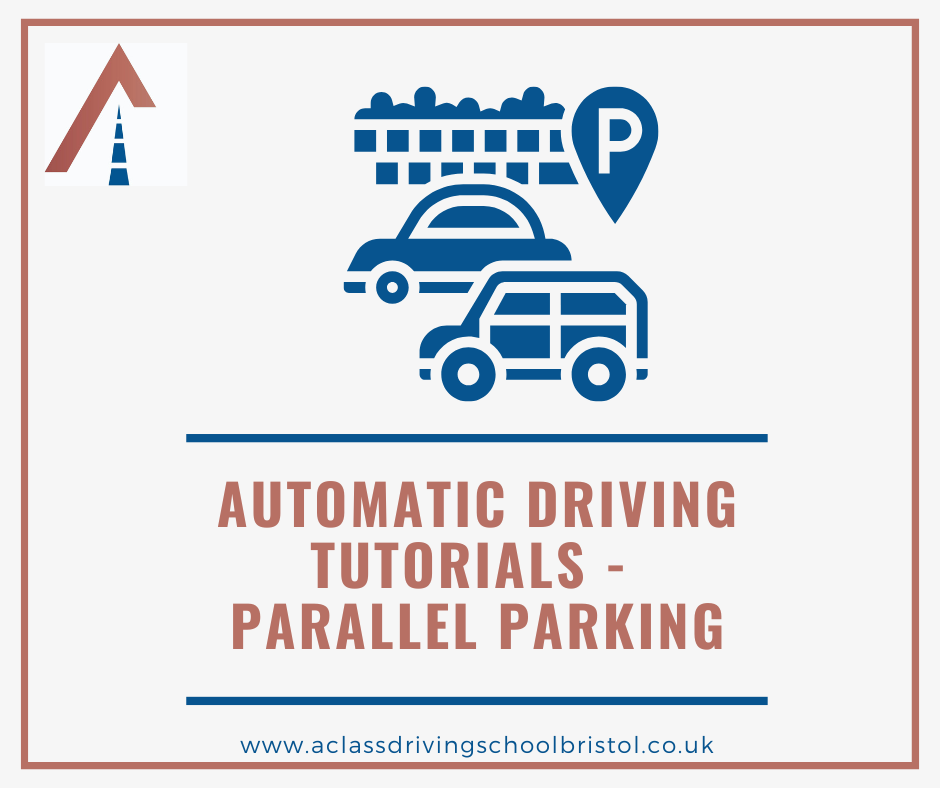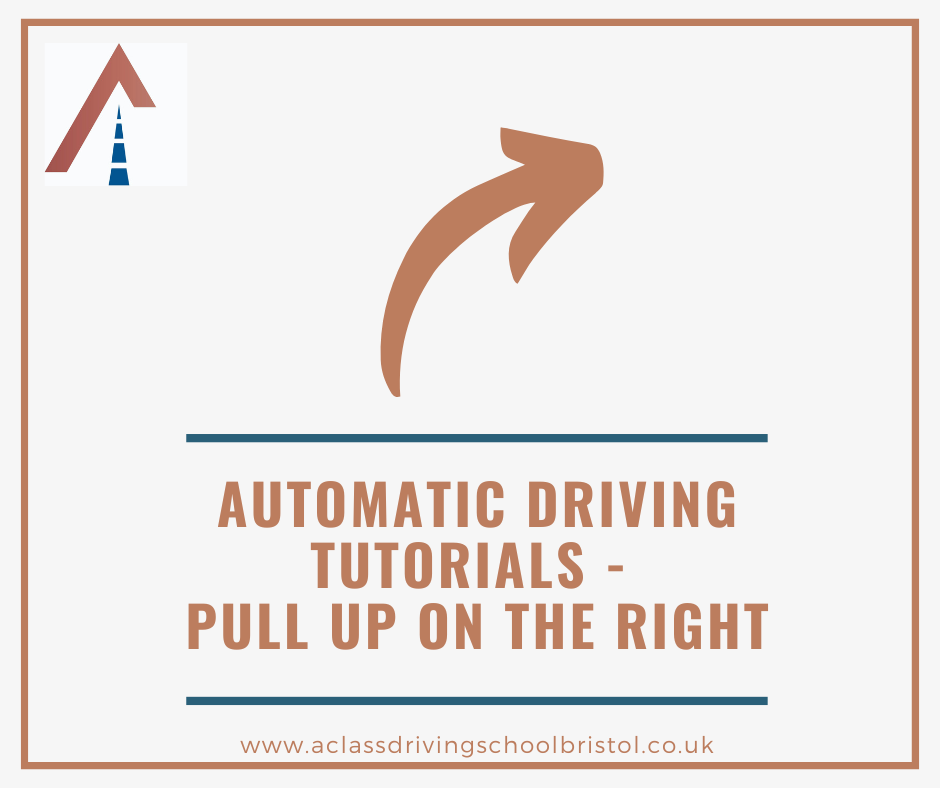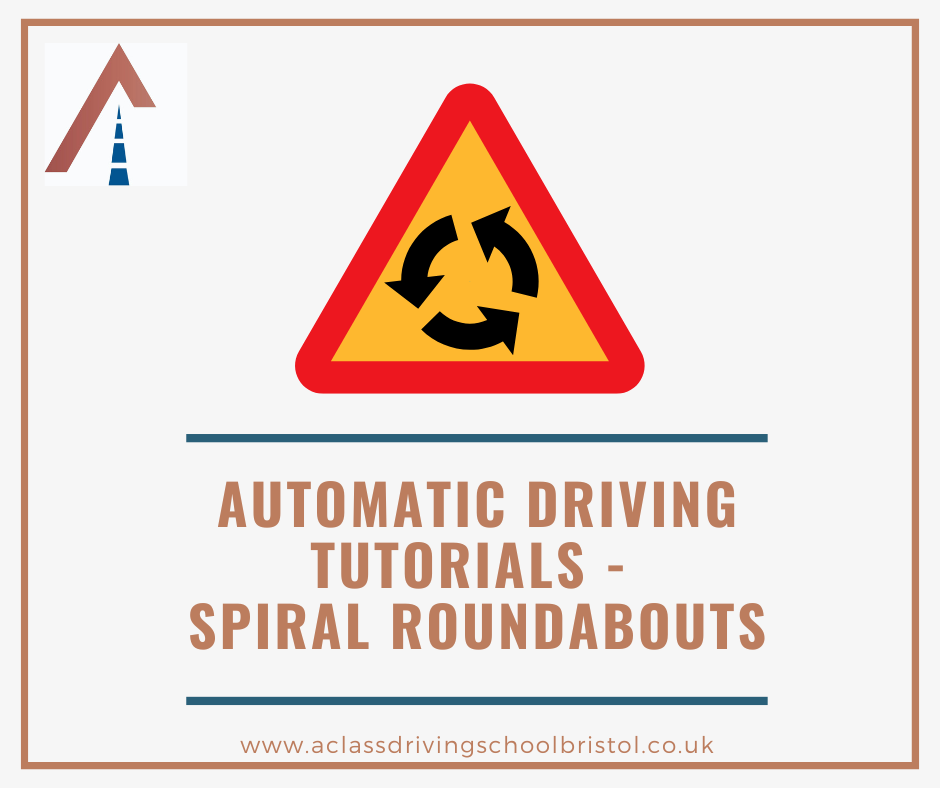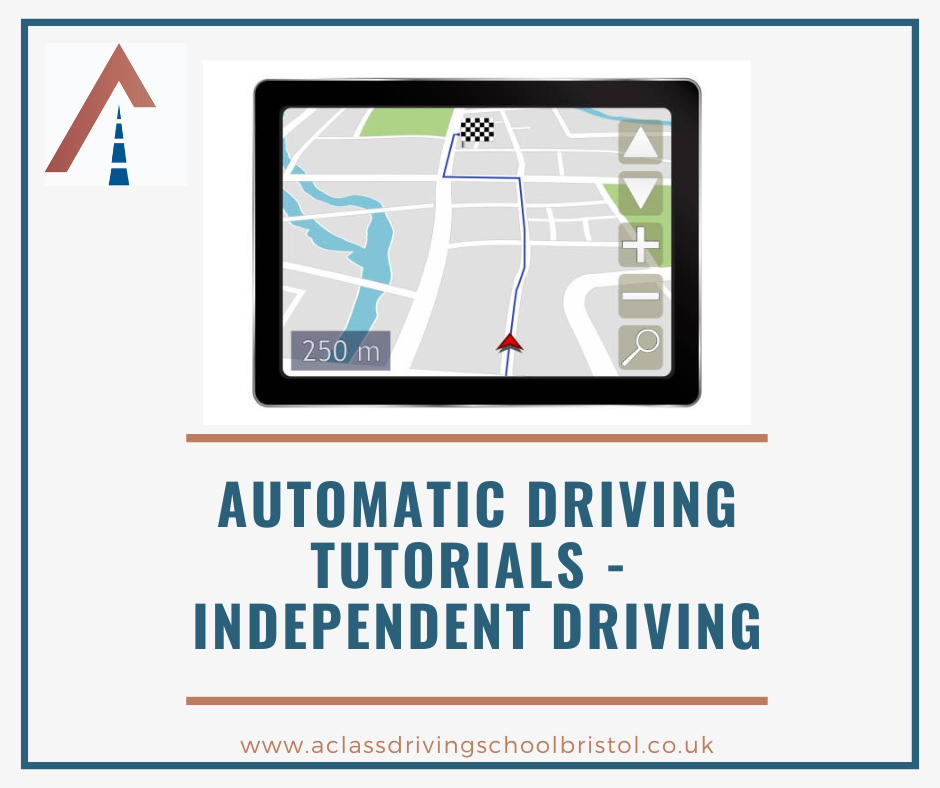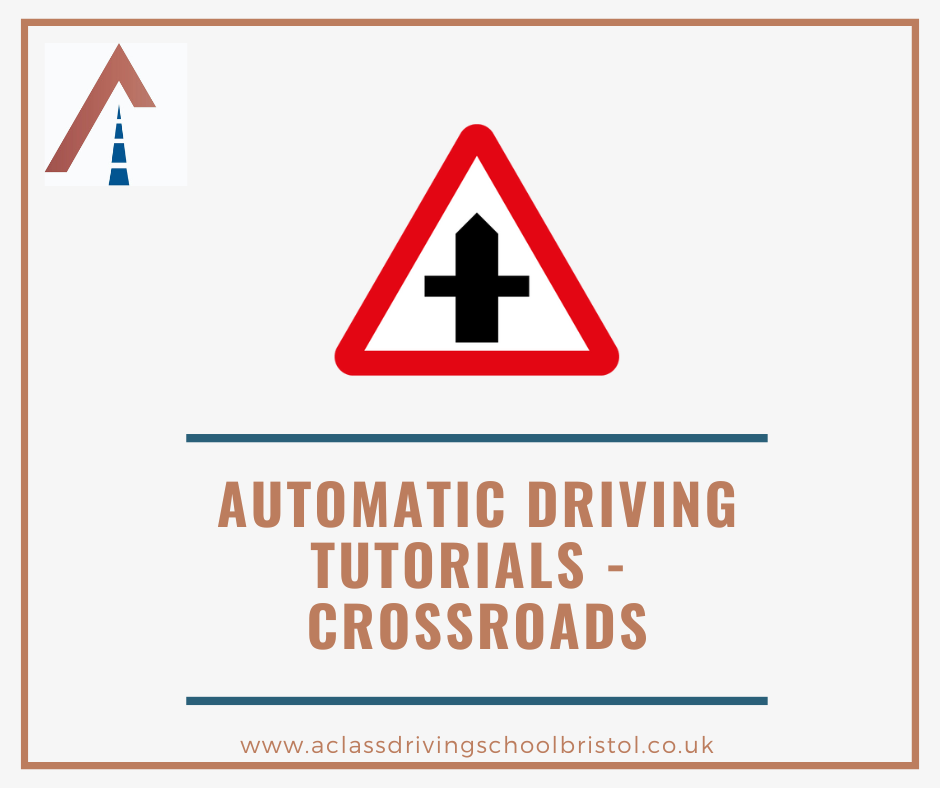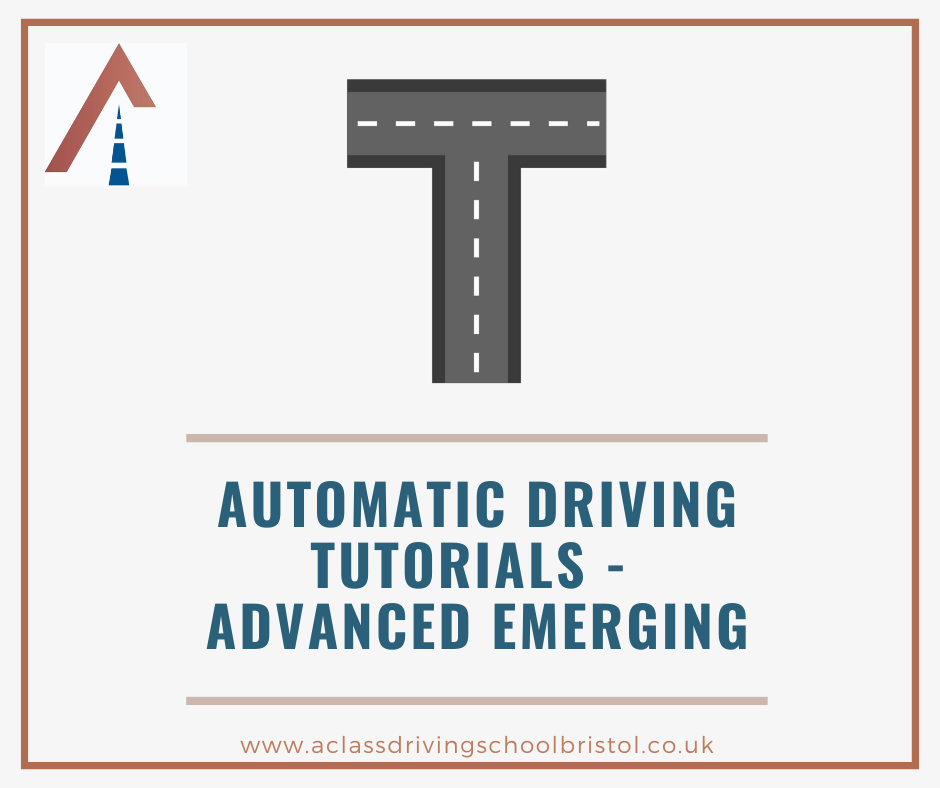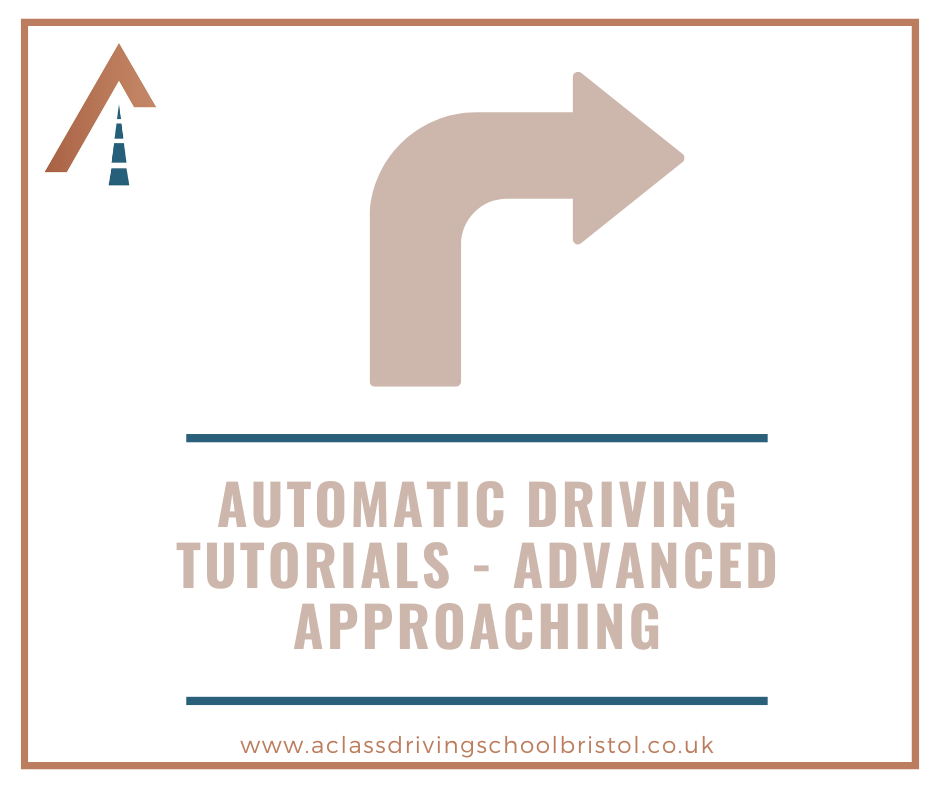Mini Roundabouts Cheat Sheet
Mini Roundabouts - Cheat sheet for parent teachers
This week's blog topic for non-driving instructors teaching their friends and loved ones how to drive is focusing on mini roundabouts. There are three broad category of roundabout. Mini roundabouts should have the blue circular sign with three arrows chasing one another on approach to the junction. If you miss this, it's a blob of paint on the floor. Regular roundabouts will have something in the middle. Floral display, art, mound of earth. Usually something blocking your view of what's happening on the other side of the junction. And finally we have the extremely large traffic light controlled, spiral roundabouts. We will cover the the regular and spirals in later blog posts.
I would recommend focusing on the mini one first. These are far less confusing and importantly allows the learner to focus on what I believe to be the key for unlocking roundabouts; the approach.
It's just like approaching
Remember approaching? Major to minor junctions? This is the routine we want to apply for our roundabouts. With a big emphasis on the Look stage at the end. So it's our MSM (or MSPSL) routine we'll be using for all mini roundabouts, each and every time.
Mirrors - interior and then the corresponding door mirror in the direction of travel.
Signal - some braking if arriving close to 30 mph and in third gear. Then the indicator.
Position - If a lane change is needed for turning right, do it now when safe.
Speed - this isn't when we start braking. This should be getting the speed down to what it needs to be. We want to be down to 10/12 mph with 4 car lengths to spare before the give way markings. This means a gear change from 3 to 2 and, most importantly, off the clutch. Getting students used to engine braking here is difficult.
Look - with 4 car lengths to spare (15/16 meters) nothing else much needs to be done except making the decision to either go first time or to stop. Learners need this extra space to think things through. Licence holders will be able to do this instantly. Bear this in mind. You should be arriving incredibly slowly.
New acronym
This will allow them time to LADA. Look Assess Decide Act. It's a routine that can be used for all junctions when the MSM has been completed.
At the mini roundabout get them to look to the right first, as this is who we'll need to be giving way to. They only need to stop for a car that they're going to slow down. Not for anything they see. The approach needs to be slow enough that even if there is a car, that's arriving before them, they're able to look for a signal and to the other entrances to the roundabout to see if they can use a blocking vehicle.
It's a big step up for some students from the simplicity of approaching and emerging.
If there is something they want to stop for, it then very quickly, turns into an emerging routine.
Things to watch out for
- Coasting - They may want to arrive with their foot on the clutch as if stopping.
- Arriving too fast.
- Not being able to slow down and get the gear change in and come off the clutch with ample time to LADA.
- Look at the wrong cars. It does very much feel like everyone at mini roundabouts is about to drive into one another. You have to convince them that the people on their right will stop and behave.
I highly recommend mastering the approach before tackling bigger roundabouts, especially busy ones. As this is a completely different animal.

